SD-WAN is certainly a popular tech buzzword nowadays, with a huge marketing effort and R&D dollars behind it. With all the buzz, the excitement can outweigh rational thought process and produce projects that are poorly planned and so end in disappointment. This article will help identify the keys to a successful project and provide a starting place for planning and selection of an SD-WAN solution that is right for your company.
SD-WAN, Networking, & Connectivity Educational Articles
Today's modern businesses are more dependent on their network infrastructure than ever before. As applications continue to move to the cloud, organizations must have the correct foundation in place to handle the influx of bandwidth needed to support a successful user experience. The articles written below are meant to educate our clients on the power of SD-WAN technology and the importance of building a modern network infrastructure.
Most of us have heard of SD-WAN and understand that it can have a huge impact on our networks and the way our businesses operate. SD-WAN is best defined as traffic monitoring and management from physical devices to the application itself, capitalizing on flexibility and agility. This intelligent routing is abstracted into a virtual overlay, enabling a secured pooling of both private and public connections allowing for automation, centralized network control and real-time management across multiple links. Sounds pretty great, right?
Cloud Phone and Cloud SD-WAN
Cloud Phone system, also known as Hosted Phone Systems, are the choice solution of enterprises large and small with 70% having made the move or planning to make the move per Information Week. The reasons for this vary dramatically based on the specific business and sector they belong to. Cost savings and productivity top the list.
When it comes to managing your business over the Internet, it’s important to have connectivity and solutions in place that allow you to monitor your network and ensure performance and reliability to remote applications. To that end, SD-WAN (Software Defined Wide Area Network) is fast becoming the go-to option for companies both large and small who want to integrate more cloud services for employees to use.
As technology continues to evolve, a relatively new development is the move back to massive centralized infrastructure for application delivery to enterprises large and small. The trend brings with it incredible value but also new complexity that many firms haven't prepared for. The thought goes something like "if we move this to the cloud, all our technical needs are resolved!” Well now, someone is feeling a bit optimistic and definitely naive. Moving to the cloud requires a thoughtful approach for all aspects, from managing ever-increasing recurring costs, to how you plan to move data to and from cloud platforms. The first place to begin your preparation has to be the network, now and always.
IT administrators can generally always agree on one thing: dealing with carriers for their multi-site connectivity sucks! This connectivity normally comes in the form of a MPLS Private IP cloud, EPL, EVPL, VPLS, etc…. At this point in time it feels like so many carriers just make up new acronyms to try and make their service sound flashier. The industry consensus is that ordering new circuits takes forever and submitting trouble tickets is pretty much a “hurry up and wait” game. To receive SLA credits is near impossible, requiring you to use their own systems to prove they are incompetent. These are just the normal complaints about interacting with the carriers, when you start talking about how much money you send them every month...wow...just wow.
SD-WAN Defined: SD-WAN stands for Software Defined Wide Area Networking. It’s a combination of Software Defined Networking (SDN), which was created for use in cloud datacenters, and Wide Area Networking (WAN) which is the network outside of your office (e.g. the Internet, or site-to-site networks like MPLS and Metro Ethernet).

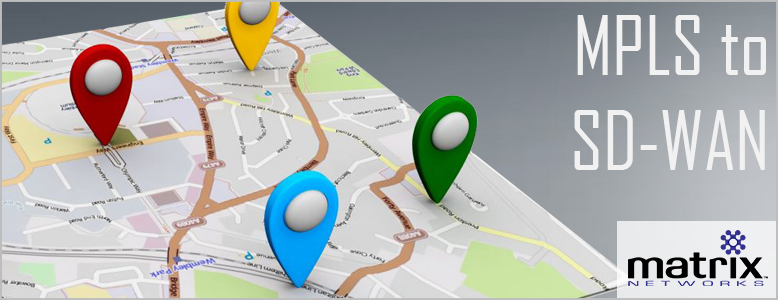
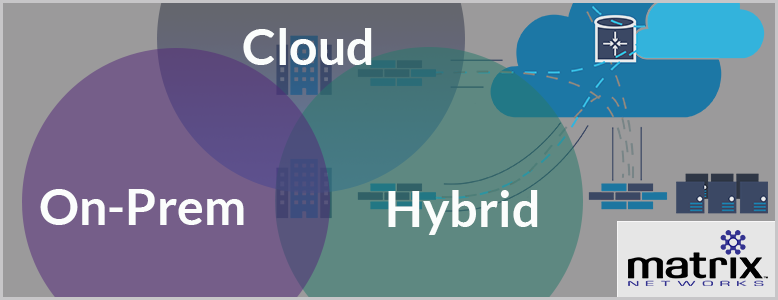

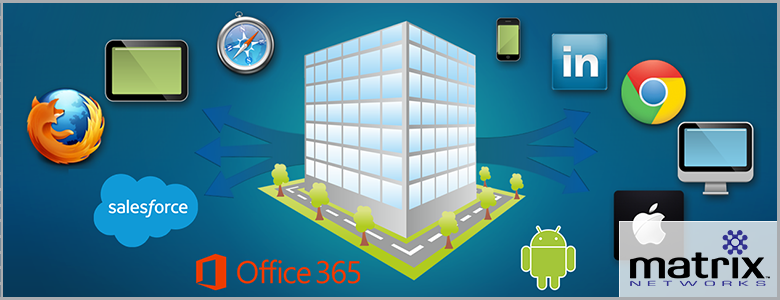


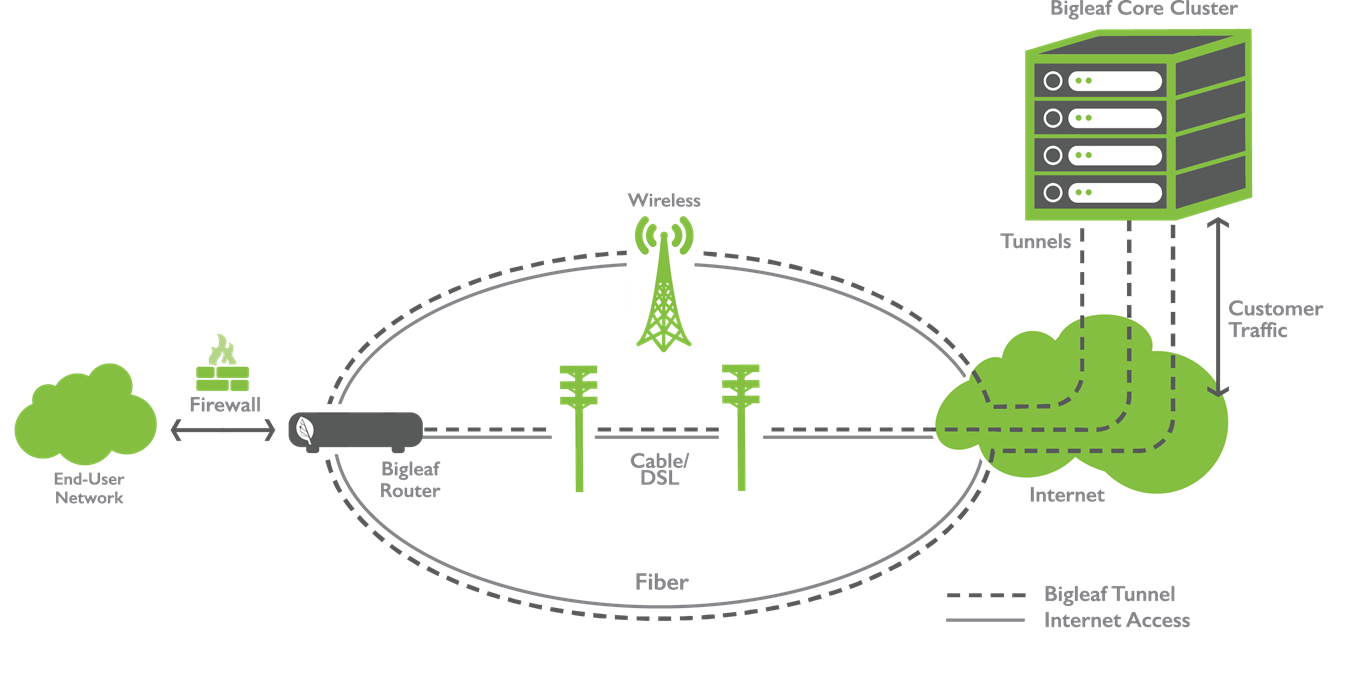

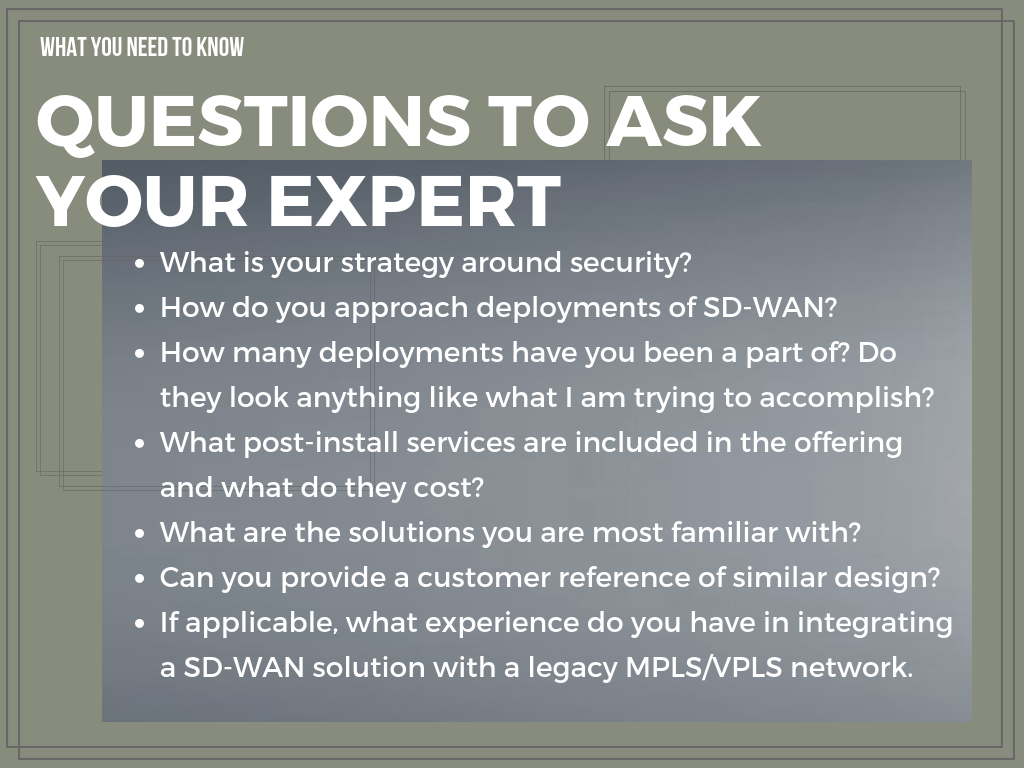
.svg%20(1).png?width=55&name=1200px-Logo_of_YouTube_(2015-2017).svg%20(1).png)

